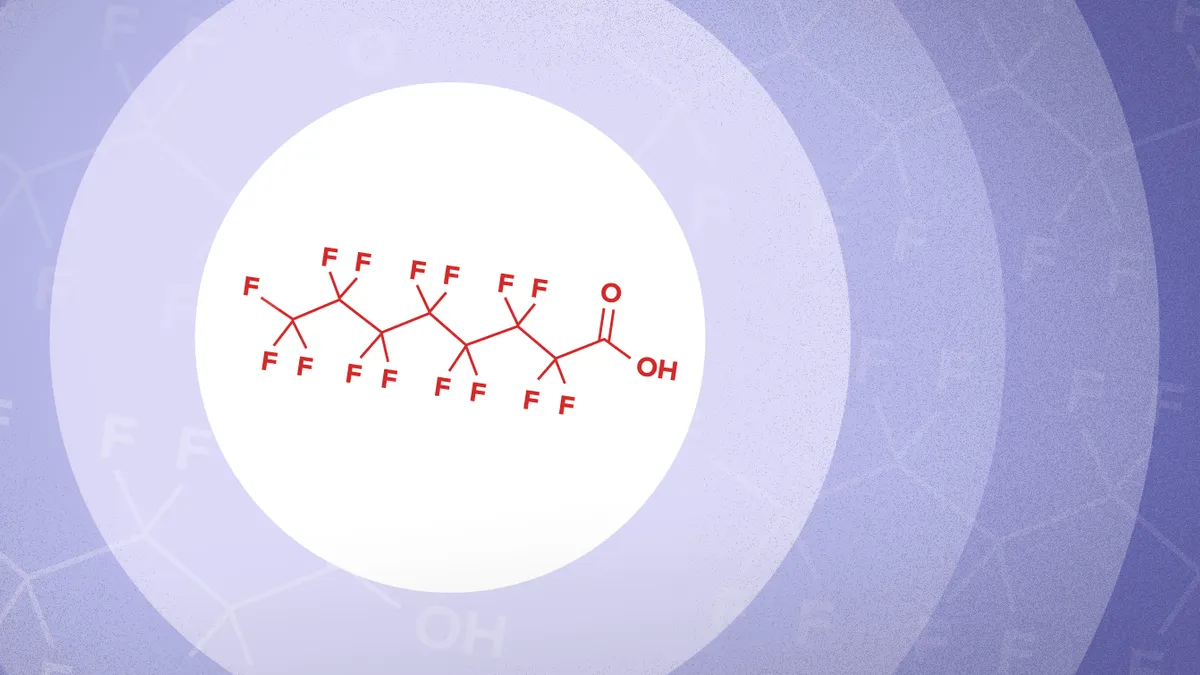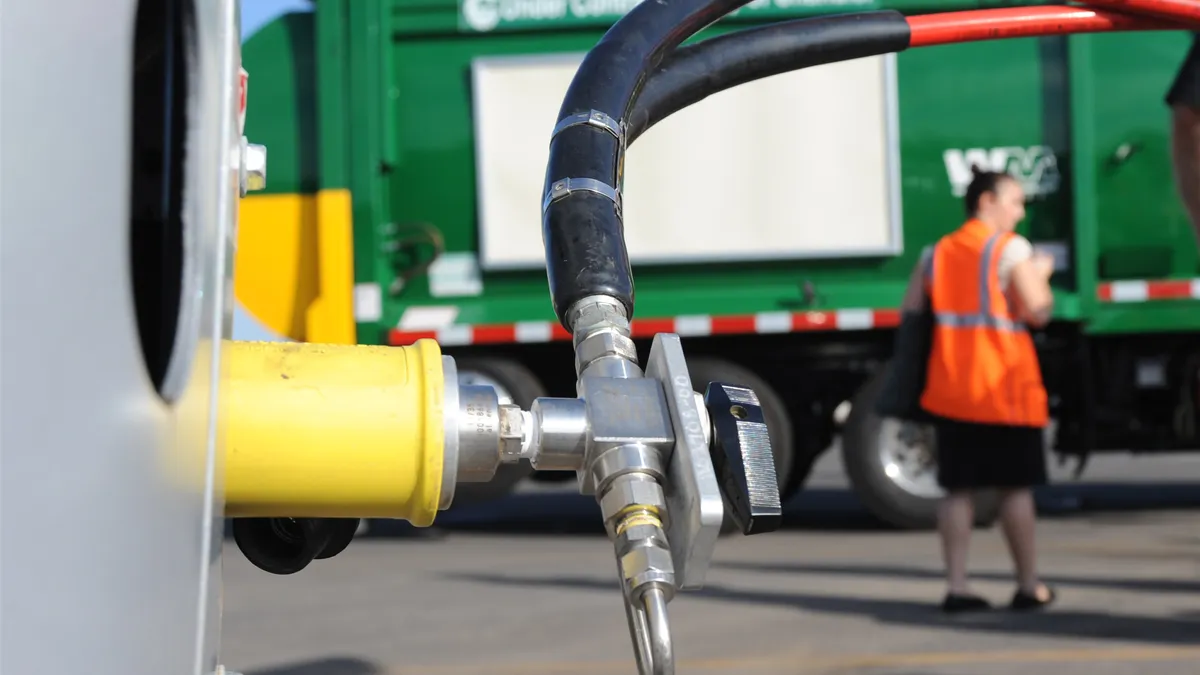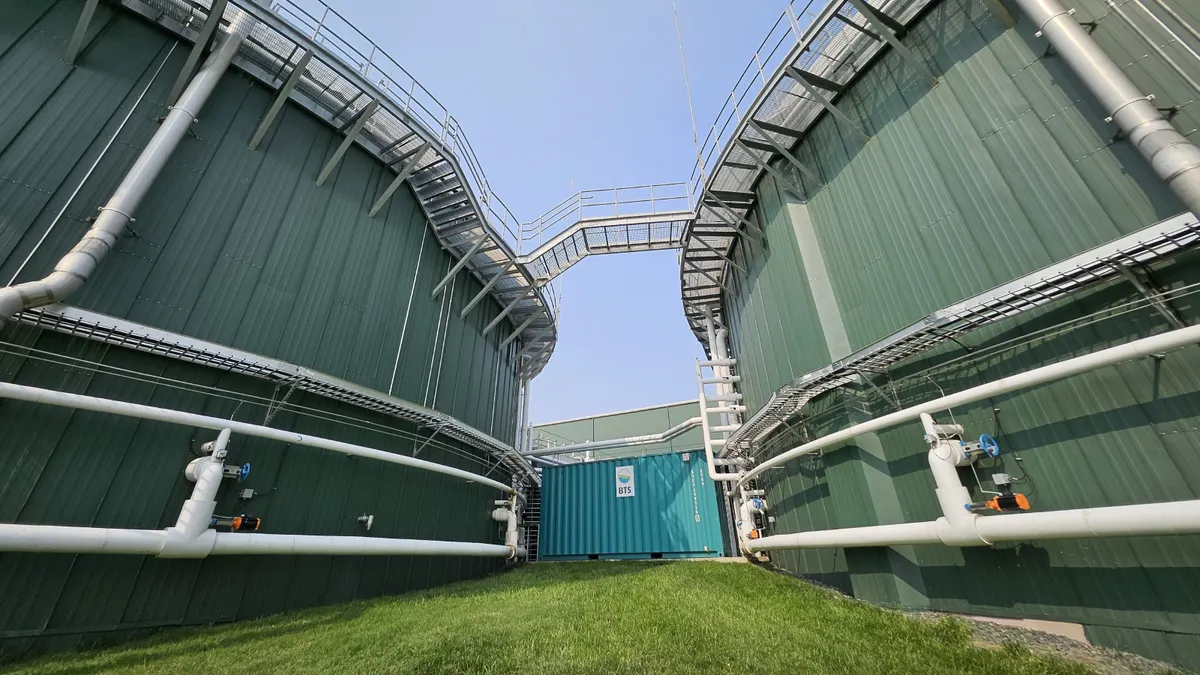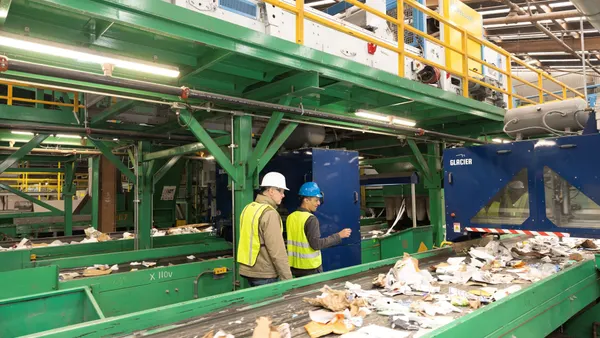The U.S. EPA could finalize national drinking water standards for certain PFAS in January and finalize its designation of two types of PFAS as hazardous substances by March, according to a timetable published last week.
Separately, the agency also expects to update its guidance on how to dispose of or destroy PFAS-containing material sometime “this winter,” according to an EPA spokesperson.
These anticipated updates are part of the PFAS Strategic Roadmap plan that the agency released in 2021, which describes proposed actions and research it could undertake through 2024. The EPA also plans to release a progress report on key roadmap milestones sometime this month, the spokesperson said in an email.
The waste and recycling industry has long anticipated finalization of such regulations for per- and polyfluoroalkyl substances because of the potential impacts on operational costs and liability concerns, as well as the potential PFAS management business opportunities. Here’s a rundown of these anticipated updates:
Drinking water standards for certain PFAS
The EPA proposed national drinking water standards for six types of PFAS in March, and it could finalize those rules sometime in January 2024, according to the federal government’s fall regulatory agenda update. The EPA lists Sept. 3, 2024 as the legal deadline to promulgate these rules.
The proposed regulations set legally enforceable drinking water standards and would require public water systems to monitor for the chemicals.
The waste industry sees the drinking water regulations as potentially important in how facilities monitor or manage PFAS-containing material, such as leachate, because it’s typically handled at wastewater treatment plants. In the meantime, some waste facilities have built their own on-site facilities to treat leachate. The proposed standards could also be relevant to organics recyclers’ water management practices.
The proposed rule sets a limit of 4 parts per trillion for PFOS and PFOA, saying the chemicals should be regulated at the lowest reliably measurable level because they are likely carcinogens. The EPA also calls for limiting four other PFAS — PFHxS, GenX chemicals, PFNA and PFBS — and using their combined levels in a separate hazard calculation to determine risk.
The January timeline for finalization is slightly delayed from the EPA’s original fall 2023 target. In March, Administrator Michael Regan expressed hope that the final rule could be enacted by the end of the year “so we can put it into action as soon as possible.”
PFOS and PFOA to be designated as hazardous substances
The EPA has also proposed designating PFOA and PFOS as hazardous substances under the Comprehensive Environmental Response, Compensation, and Liability Act, also known as Superfund. The EPA was originally expected to make that designation official later this year, but it could now finalize those rules sometime in March.
The waste industry hopes to avoid potential liability and higher operational costs once the EPA makes its final hazardous substance designation for PFOS and PFOA. Numerous stakeholders, including landfill operators, composters, recyclers and water treatment plant operators, say they are “passive receivers” of PFAS-containing material and want CERCLA liability to focus on industries that are responsible for creating the pollution, such as chemical makers.
A bill introduced in Congress in May aims to protect some facilities from liability claims by seeking to exempt composters and operators of solid waste facilities from responsibility for certain “costs and damages” related to PFAS releases. So far, that bill has not moved forward.
The EPA could also begin draft rulemaking in December on a separate rule meant to list specific PFAS as hazardous constituents under the Resource Conservation and Recovery Act. Designating PFOA, PFOS, PFBS and GenX as “hazardous constituents” could trigger “corrective action requirements” at hazardous waste treatment, storage and disposal facilities, according to the agency timeline. The proposed rulemaking is a response to three petitions from the governor of New Mexico and other parties requesting action on the issue .
Updated PFAS disposal and destruction guidance
The EPA also expects to soon publish updated guidance on how to destroy or dispose of PFAS-containing material. The agency’s interim guidance document describes the “available science” behind the options of landfilling, deep well injection and thermal treatment, but it acknowledged the uncertainty around potential environmental effects of each method.
The updated document is expected to reflect new research on destruction and disposal technologies, as well as potentially offer more insight into environmental impacts. This will include a consideration of risks for “disproportionately impacted people of color and low-income communities living near likely PFAS destruction or disposal sites.”
An EPA spokesperson said the guidance could come sometime this winter but did not offer a specific month. The PFAS roadmap gives a deadline of December 2023. The agency says it is required to revise the guidance every three years.



















